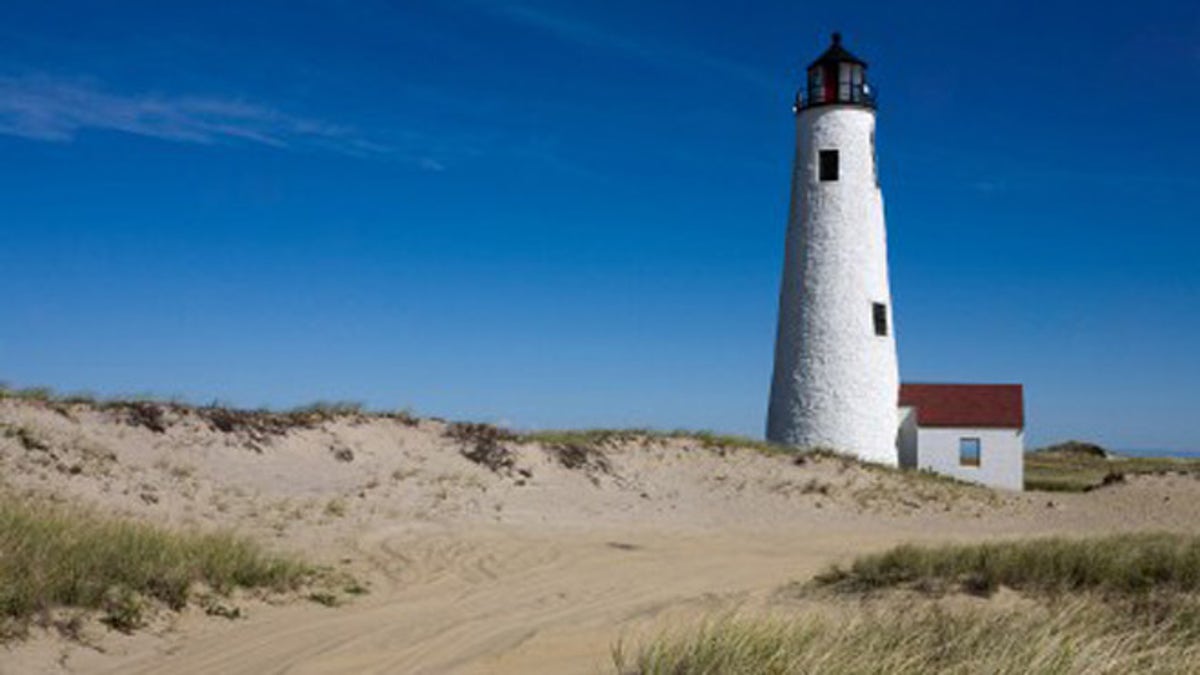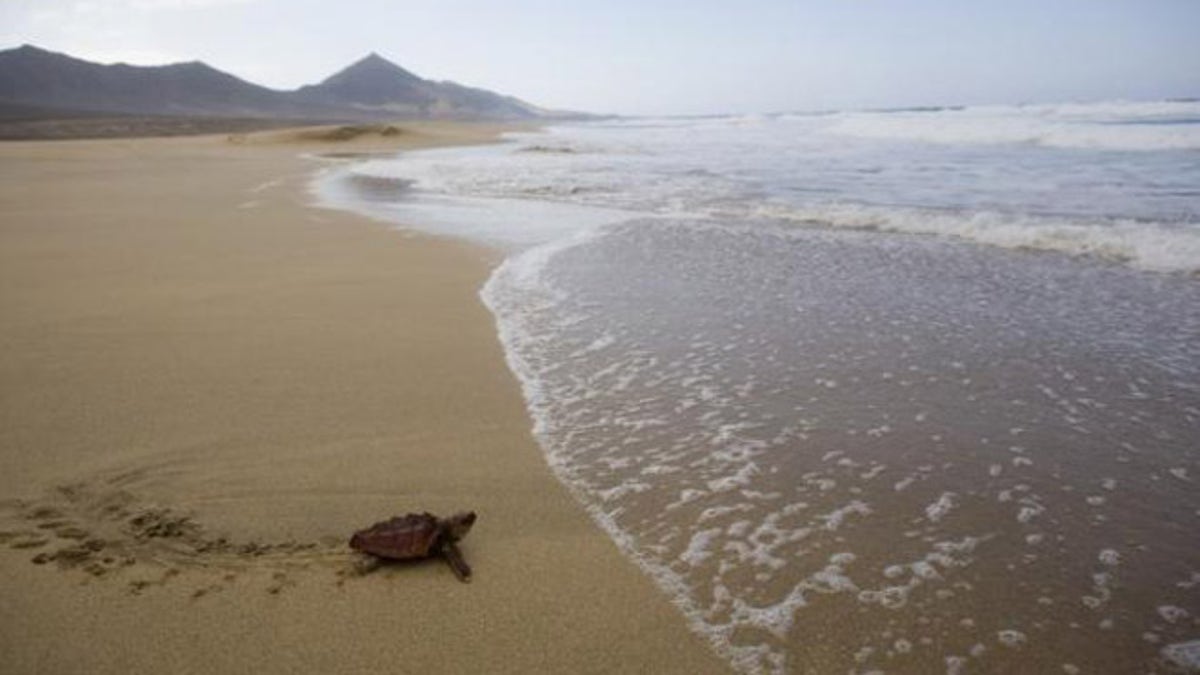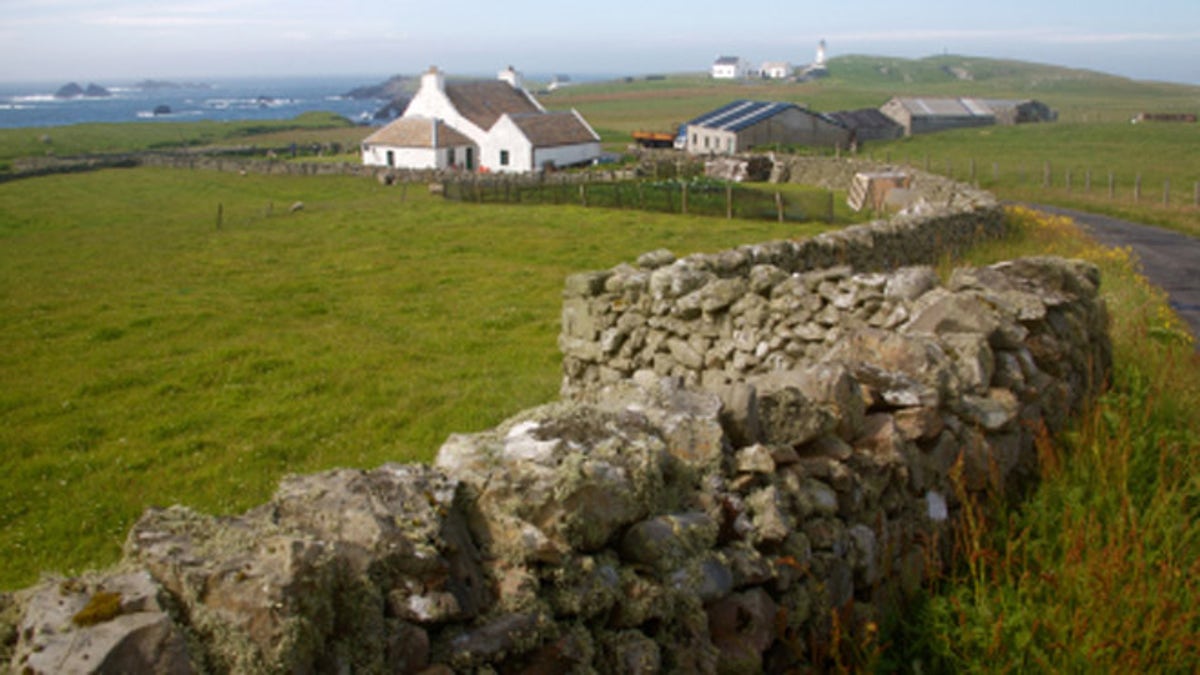If you're going to make a list of the best islands on Earth, you've got to ask an expert.
Leslie Thomas is a successful writer in England who's been in the business for more than 40 years. He has written more than 30 novels and several travel books, such as Some Lovely Islands, My World of Islands, and The Hidden Places of Britain. Given his interest in islands, we thought he was the natural source for naming the ten best islands.
Here they are:
1. Nantucket, Massachusetts

(iStock)
Nantucket was once one of the richest places in America, built on the profits of the whale oil industry. Even today in the delectable old town there are fine brick houses with silver mailboxes.
Old-time sailors used to call Nantucket “The Little Grey Lady of the Sea.” On the misty morning I first arrived there, I could understand why. A woman was riding a horse along the beach to the utter delight of her family aboard my ferry, and she bore a banner that said “Crazy Aunt Rides Again.” It is a unique place.
2. Isles of Scilly, England

Wild foxglove and fern. (iStock)
These are the outriders of England, a clutch of tiny islands off Land's End, Cornwall, awash in the Atlantic and in a world of their own. Five are sparsely inhabited, and hundreds more islets, skerries, and rocks stretch out to the Bishop Rock Lighthouse. The next stop is America.
Balmy Atlantic air supports the spring flower industry. Part of the Duchy of Cornwall, the isles are owned by Prince Charles.
3. Saba, Netherlands West Indies

(AP)
During my years of island finding, I have been to most places in the Caribbean— Barbados, Antigua, Jamaica, and many islands much smaller. But the most unusual is Saba, east of the U.S. Virgin Islands, rising almost 873 meters (2,864 feet) above the sea. It is home to 1,500 inhabitants, many of whom have the same family name: Hassell.
4. Canary Islands, Spain

(Reuters)
Europeans flock to the Canary Islands in winter in search of a little sun. Temperatures range between 70°F and 75°F through January and February.
On Tenerife stands one of Europe’s loftiest peaks, Mount Teide, snowcapped in winter against a deep blue sky. You can watch whales or sail over to Gomera, which was the final stop Columbus made before he set out and discovered America.
5. Fair Isle, Scotland

(iStock)
Fair Isle is the most isolated inhabited island in Britain. It is home to only about 70 people, but hundreds of thousands of birds reside here as well. Most of the visitors to this wild and wonderful place are bird-watchers. Sheep placidly graze on the steeply angled meadows.
See all 10 islands at National Geographic Traveler
More from National Geographic
How to Become a Nat Geo Photographer
See All 2013 Photo Contest Entries
